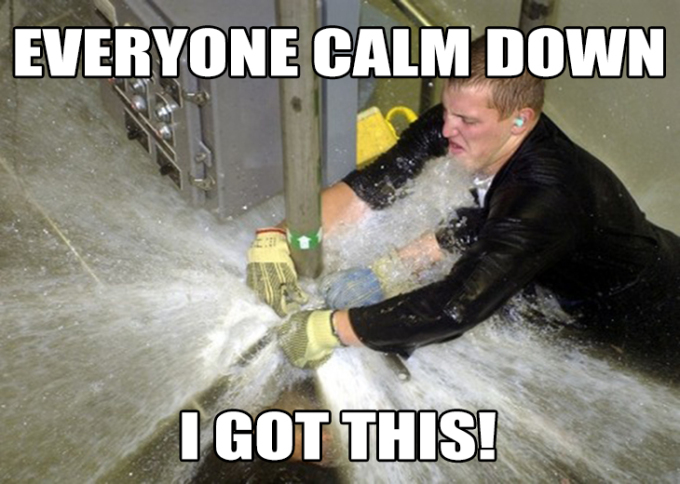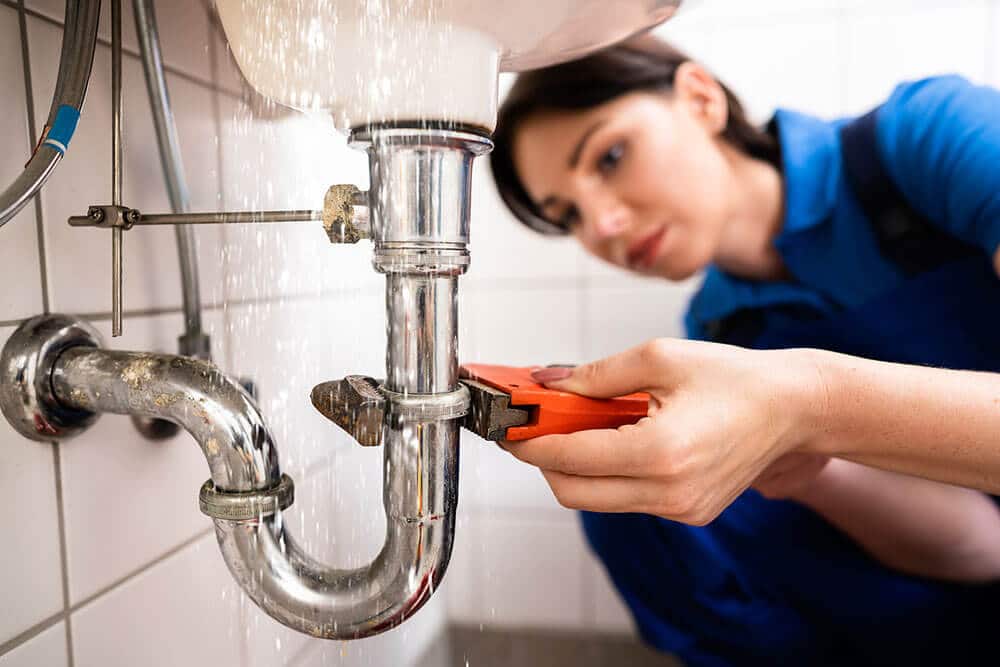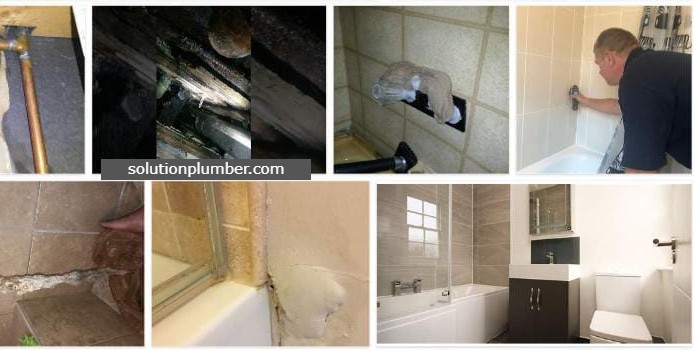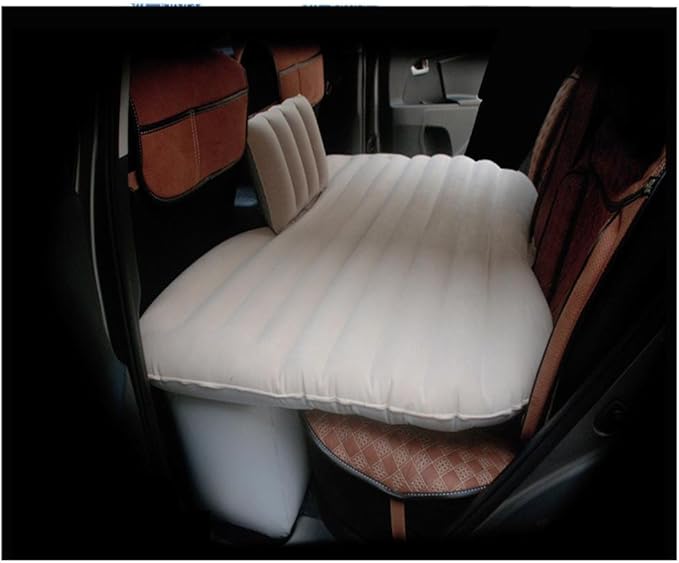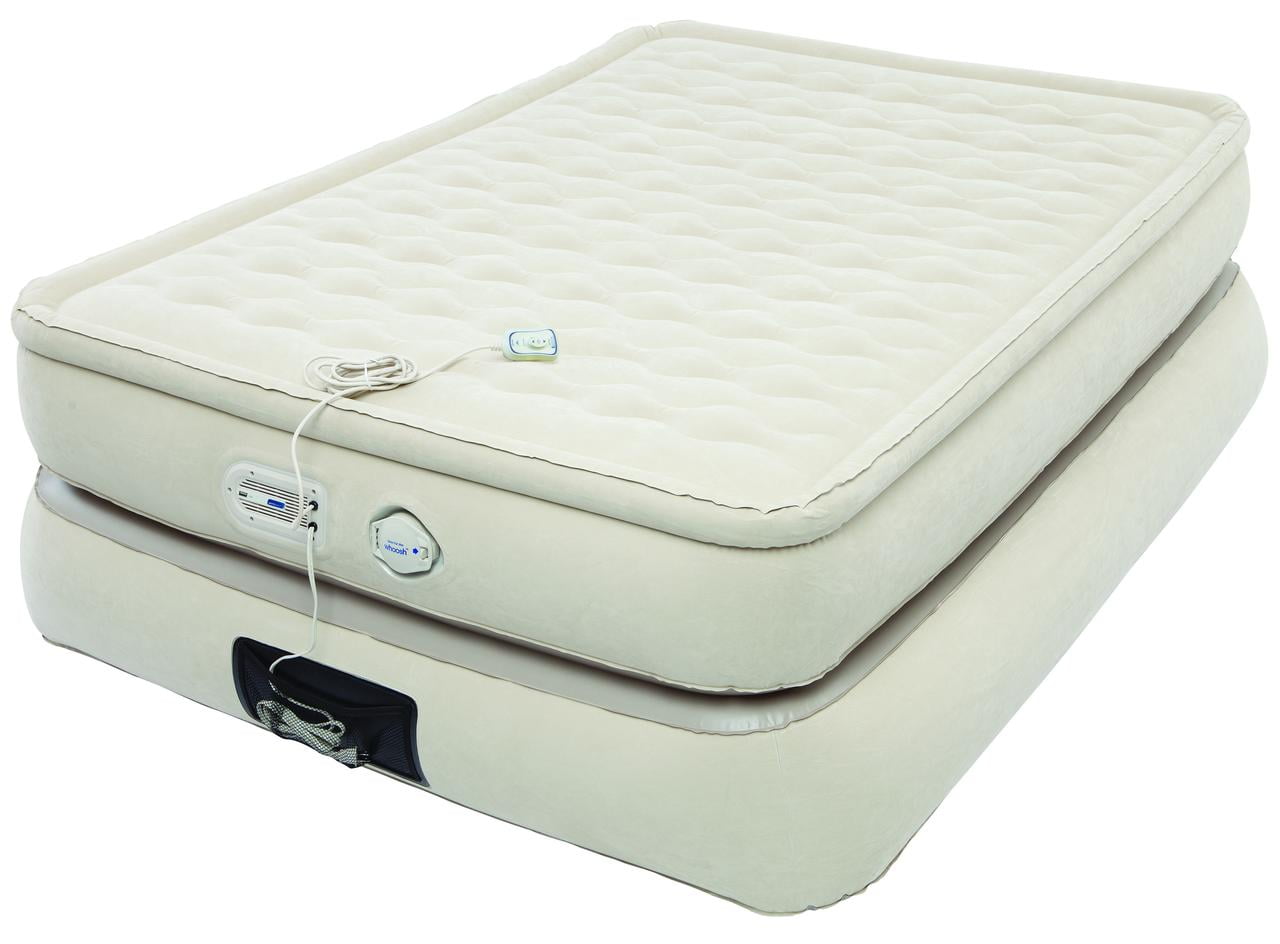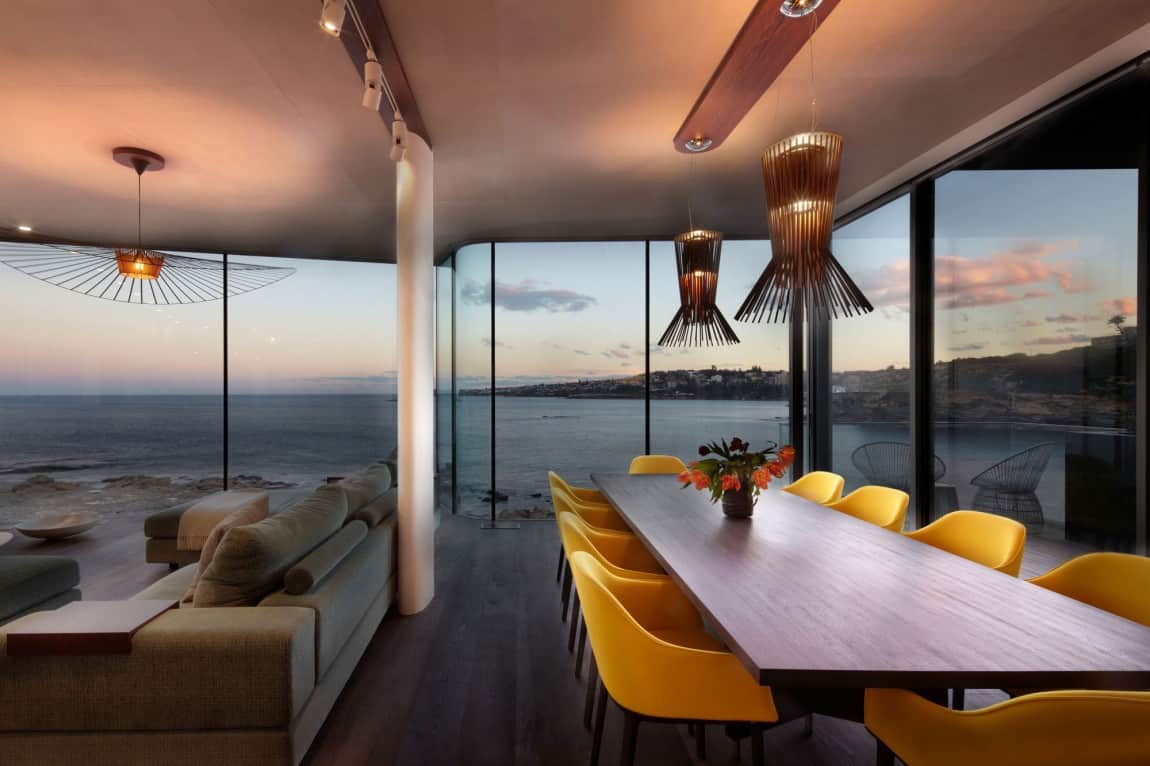Dealing with a water leak behind the wall in your kitchen can be a frustrating and potentially costly issue. One of the main culprits of such leaks is a faulty kitchen sink drain pipe. But fear not, with the right tools and know-how, you can fix this problem on your own. If you notice a slow drip or a puddle of water under your kitchen sink, it's important to act quickly. Ignoring the issue can lead to further damage and even mold growth. So, let's dive into how to fix a leaky kitchen sink drain pipe. The first step is to turn off the water supply to your sink. You can do this by shutting off the water valves under the sink or turning off the main water supply to your house. Next, place a bucket or towel under the sink to catch any water that may spill out. Now, it's time to inspect the drain pipe. You may need to remove the trap under the sink to get a better look at the pipe. Check for any cracks, holes, or loose connections. If you spot any, you'll need to replace the affected section of pipe. If the pipe looks intact, the issue may be with the gaskets or nuts that connect the pipe to the sink and wall. These can become worn or loose over time, causing leaks. Make sure to tighten or replace these as needed. Once you've made the necessary repairs, turn the water supply back on and check for any leaks. If everything looks good, you've successfully fixed the leaky kitchen sink drain pipe!1. How to Fix a Leaky Kitchen Sink Drain Pipe
A water leak behind a wall in your kitchen may seem like a mystery, but there are actually several common causes for this issue. Knowing what to look for can help you pinpoint the source of the leak and prevent it from happening again. One of the most common causes of water leaks behind walls is faulty plumbing. This can be due to old or corroded pipes, loose connections, or inadequate installation. If your home is older, it's important to regularly inspect your plumbing to catch any potential issues before they escalate. Another culprit could be a clogged kitchen sink drain. Over time, grease, food particles, and other debris can build up in the drain, causing blockages and eventually leaks. Regularly cleaning your drain and being mindful of what you put down it can help prevent this issue. Additionally, shifts in the foundation of your home can lead to leaks behind walls. This can happen due to natural settling, earthquakes, or even extreme weather conditions. It's important to address any cracks or gaps in your walls to prevent water from seeping in. By understanding the common causes of water leaks behind walls, you can take proactive measures to prevent them from occurring and keep your kitchen dry and leak-free.2. Common Causes of Water Leaks Behind Walls
It's important to catch a water leak behind the wall in your kitchen as early as possible to prevent further damage. But how do you know if you have a leak? There are a few key signs to look out for. The most obvious sign is water pooling under your kitchen sink or on the floor nearby. You may also notice dampness or discoloration on the wall or baseboard behind your sink. In some cases, you may even hear a dripping sound or smell a musty odor. If you have a water leak behind a wall, you may also notice changes in your water bill. A sudden increase in your water usage without any changes in your household habits could indicate a leak somewhere in your plumbing. If you notice any of these signs, it's important to investigate further and address the issue before it gets worse. Ignoring a water leak can lead to costly repairs and potential health hazards.3. Signs of a Water Leak Behind the Wall in Your Kitchen
Locating a water leak behind a wall in your kitchen can be a bit tricky, but there are a few methods you can try to find the source of the problem. One way is to carefully inspect the area around the leak for any visible signs of damage, such as cracks or discoloration. You can also use a moisture meter to detect any hidden moisture behind the wall. If you're still unsure of the location of the leak, you can try turning off the water supply to your sink and monitoring the area for any changes. If the leak stops, you'll know it's coming from your sink or plumbing. In some cases, you may need to open up the wall to fully assess the damage and locate the leak. If you're uncomfortable doing this yourself, it's best to call a professional plumber for assistance.4. How to Locate a Water Leak Behind a Wall
If you're handy and feel confident in your plumbing skills, you may be able to fix a water leak behind your kitchen sink on your own. However, it's important to note that this should only be attempted if the leak is small and you are familiar with basic plumbing techniques. As mentioned before, you may need to replace a section of the drain pipe, tighten or replace gaskets and nuts, or clean out a clogged drain. You can find tutorials and how-to videos online for these types of repairs. It's important to be cautious and turn off the water supply before attempting any DIY fixes. If you're unsure or uncomfortable with the process, it's best to call a professional for assistance.5. DIY Solutions for Fixing a Water Leak Behind a Kitchen Sink
If the water leak behind your kitchen sink is more complex or extensive, it's best to call a professional plumber for assistance. They have the knowledge, tools, and experience to properly diagnose and fix the issue. When hiring a plumber, make sure to do your research and choose a reputable and licensed professional. They may use specialized equipment, such as cameras and leak detection devices, to accurately locate and repair the leak. It's also a good idea to get a few quotes from different plumbers before making a decision. This will ensure you get the best price and quality of service for your specific situation.6. Professional Tips for Repairing a Water Leak Behind a Wall
The best way to deal with a water leak behind a wall is to prevent it from happening in the first place. By taking proactive measures, you can avoid the hassle and expense of dealing with a leaky kitchen sink drain pipe. Regularly inspecting your plumbing, cleaning your drain, and being mindful of what you put down your sink can help prevent clogs and potential leaks. It's also important to address any cracks or gaps in your walls to prevent water from seeping in. Additionally, it's a good idea to have your plumbing professionally inspected every few years to catch any potential issues before they become major problems.7. Preventing Water Leaks in Kitchen Sink Drain Pipes
In some cases, a water leak behind a wall can lead to damage to your drywall or plaster. If this happens, you'll need to patch the hole to prevent further damage and maintain the structural integrity of your wall. First, you'll need to clean and dry the area around the hole. Then, you can use a patching compound and a putty knife to fill in the hole and smooth out the surface. Once the compound is dry, you can sand it down and paint over it to match your wall. If the damage is more extensive, it's best to hire a professional contractor to repair the wall and ensure it is done properly.8. How to Patch a Hole in the Wall from a Water Leak
A clogged kitchen sink drain can lead to a variety of issues, including water leaks behind walls. It's important to know the signs of a clogged drain so you can address the issue before it becomes a bigger problem. The most obvious sign is slow draining water in your sink. You may also notice a gurgling sound, unpleasant odors, or standing water in your sink. If you have a garbage disposal, it may also become jammed or make unusual noises when turned on. If you notice any of these signs, it's important to address the clog as soon as possible to prevent further damage and potential leaks.9. Common Signs of a Clogged Kitchen Sink Drain
While you may be able to tackle a small water leak behind a wall in your kitchen on your own, there are certain situations where it's best to call a professional plumber for assistance. If the leak is extensive, you're unsure of the source, or you're uncomfortable with DIY repairs, it's best to hire a plumber. They can accurately diagnose the issue and provide a long-term solution to prevent future leaks. Additionally, if you notice any signs of mold or mildew, it's important to call a plumber immediately. These can be potential health hazards and should be addressed by a professional. In conclusion, dealing with a water leak behind a wall in your kitchen sink can be a hassle, but with the right knowledge and precautions, you can prevent and fix this issue. Remember to regularly inspect your plumbing, address any clogs, and call a professional when needed. By taking these steps, you can keep your kitchen dry and leak-free for years to come.10. When to Call a Plumber for a Water Leak Behind a Wall
How a Water Leak Behind the Wall in the Kitchen Sink Drain Can Affect Your House Design

The Importance of a Properly Functioning Kitchen Sink Drain
 Having a functional kitchen sink is crucial for any household. It is one of the most frequently used areas in a home, and it needs to be in top condition for daily tasks such as cooking, cleaning, and washing dishes. However, when a water leak occurs behind the wall in your kitchen sink drain, it can greatly affect not only the functionality of your kitchen but also the overall design of your house.
Having a functional kitchen sink is crucial for any household. It is one of the most frequently used areas in a home, and it needs to be in top condition for daily tasks such as cooking, cleaning, and washing dishes. However, when a water leak occurs behind the wall in your kitchen sink drain, it can greatly affect not only the functionality of your kitchen but also the overall design of your house.
The Potential Consequences of a Water Leak
 A water leak behind the wall in your kitchen sink drain may seem like a minor issue, but it can lead to significant consequences if left untreated. The constant presence of moisture can cause mold and mildew growth, which not only damages the wall and surrounding areas but also poses a health risk to you and your family. The leak can also weaken the structure of your house, leading to costly repairs in the future.
A water leak behind the wall in your kitchen sink drain may seem like a minor issue, but it can lead to significant consequences if left untreated. The constant presence of moisture can cause mold and mildew growth, which not only damages the wall and surrounding areas but also poses a health risk to you and your family. The leak can also weaken the structure of your house, leading to costly repairs in the future.
How a Water Leak Can Affect Your House Design
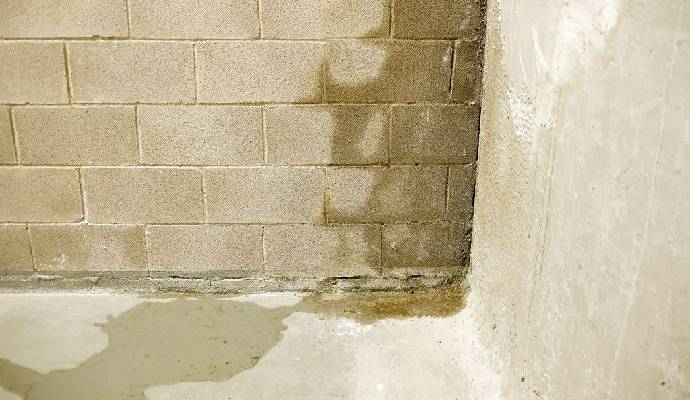 Aside from the potential damages and health hazards, a water leak behind the wall in your kitchen sink drain can also greatly impact the design of your house. The constant presence of moisture can cause discoloration and peeling of paint or wallpaper, ruining the aesthetic appeal of your kitchen. The leaking water may also seep into other areas of your house, causing damage to the flooring or ceiling and affecting the overall design of your home.
Aside from the potential damages and health hazards, a water leak behind the wall in your kitchen sink drain can also greatly impact the design of your house. The constant presence of moisture can cause discoloration and peeling of paint or wallpaper, ruining the aesthetic appeal of your kitchen. The leaking water may also seep into other areas of your house, causing damage to the flooring or ceiling and affecting the overall design of your home.
Addressing the Issue Promptly
 To prevent further damage and maintain the design of your house, it is crucial to address a water leak behind the wall in your kitchen sink drain promptly. It is recommended to seek professional help to properly fix the leak and prevent it from recurring. This will not only save you from costly repairs in the future but also ensure that your kitchen and house design remain in top condition.
In conclusion, a water leak behind the wall in your kitchen sink drain may seem like a small issue, but it can greatly affect the functionality and design of your house. It is important to address this problem promptly to avoid further damage and maintain the overall aesthetics of your home. Remember, prevention is always better than cure when it comes to household issues.
To prevent further damage and maintain the design of your house, it is crucial to address a water leak behind the wall in your kitchen sink drain promptly. It is recommended to seek professional help to properly fix the leak and prevent it from recurring. This will not only save you from costly repairs in the future but also ensure that your kitchen and house design remain in top condition.
In conclusion, a water leak behind the wall in your kitchen sink drain may seem like a small issue, but it can greatly affect the functionality and design of your house. It is important to address this problem promptly to avoid further damage and maintain the overall aesthetics of your home. Remember, prevention is always better than cure when it comes to household issues.













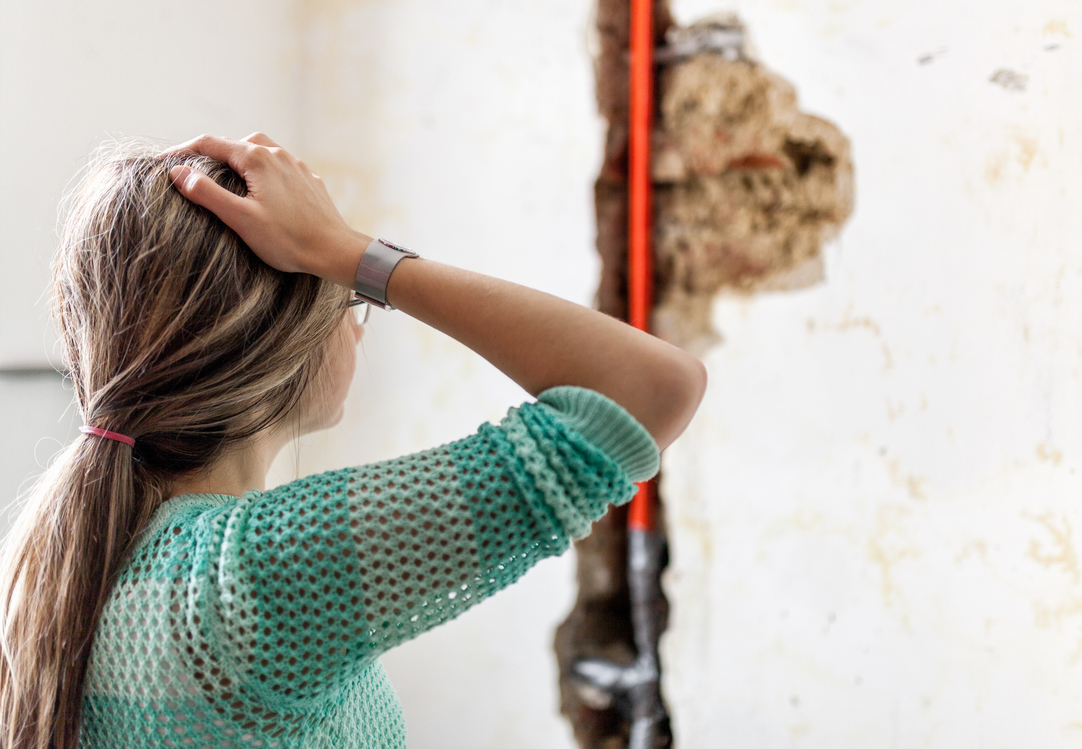





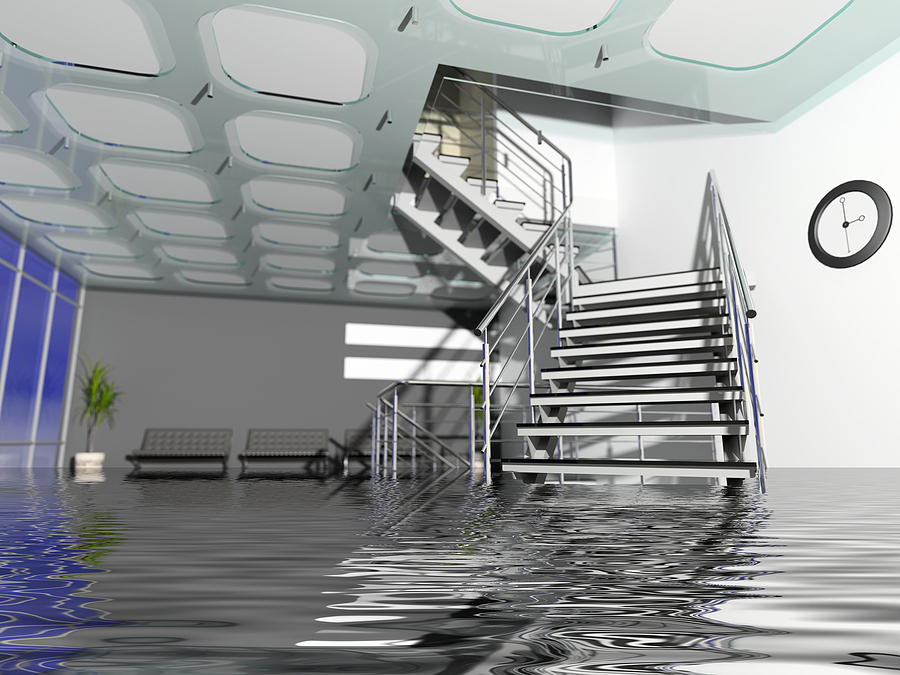
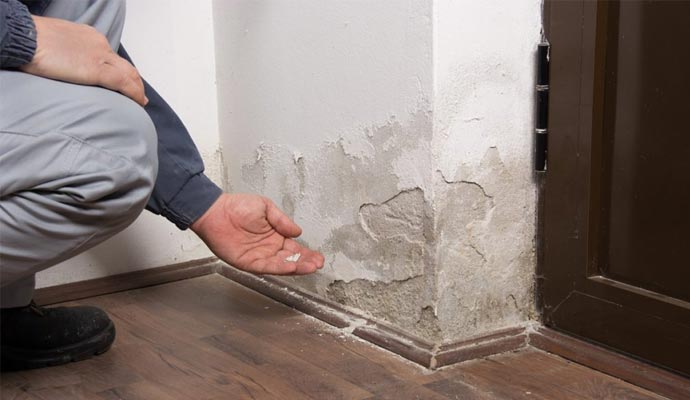
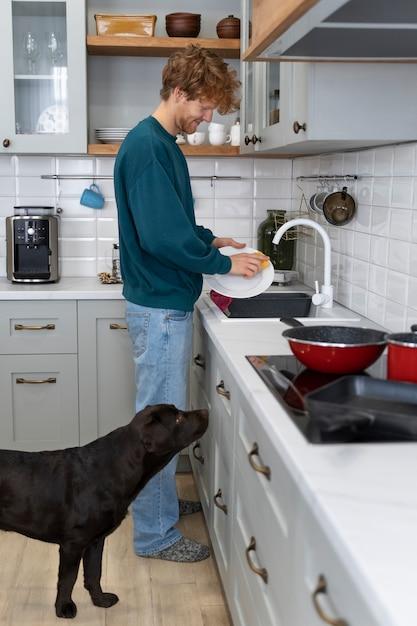


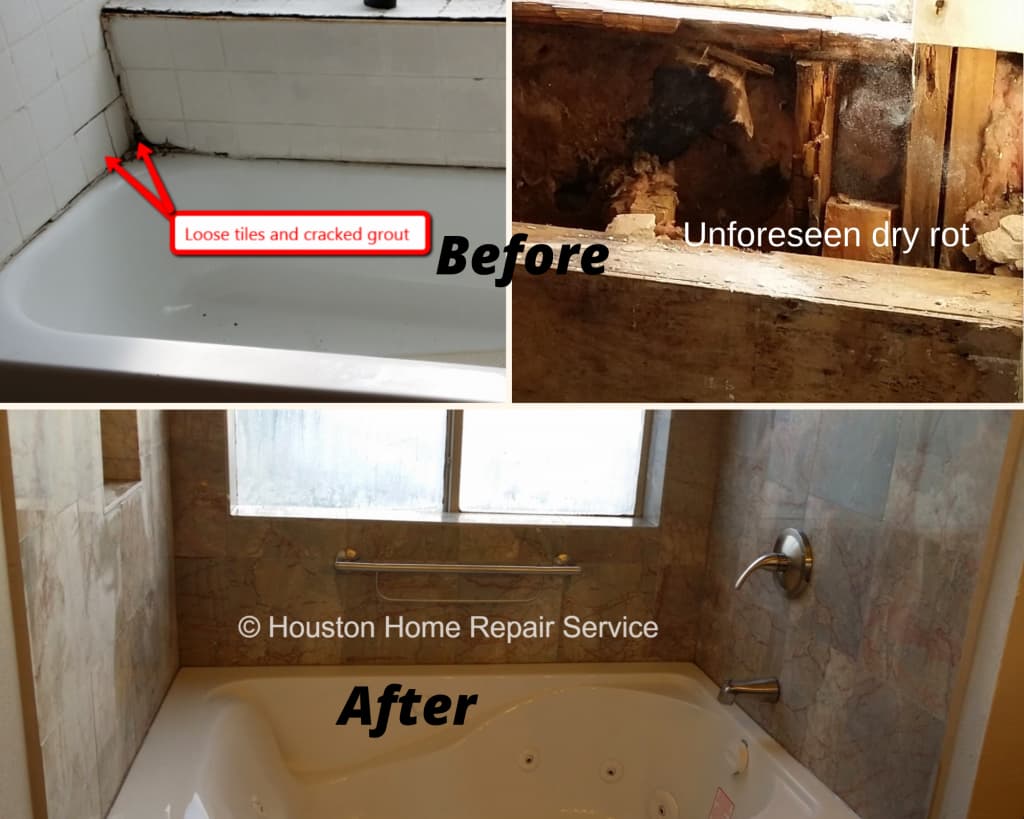


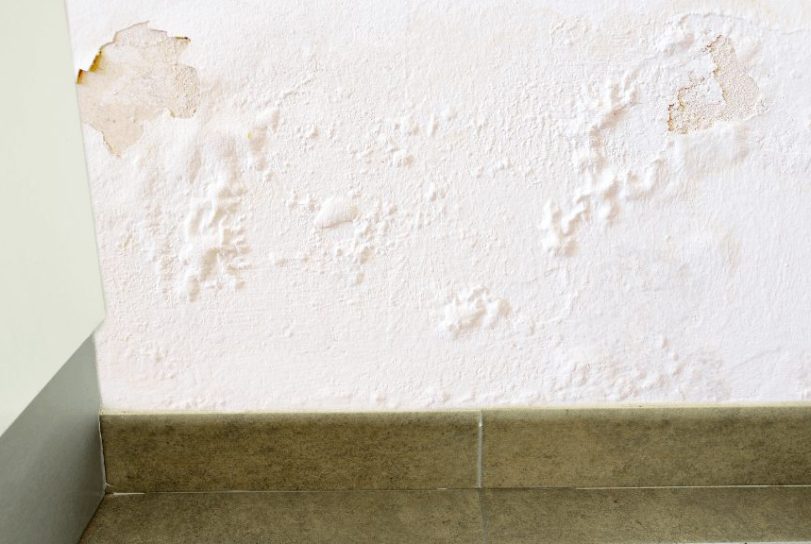
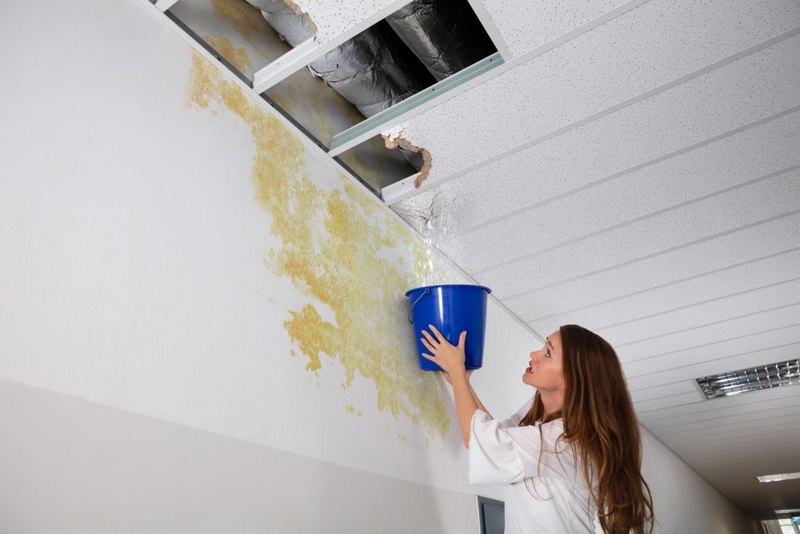
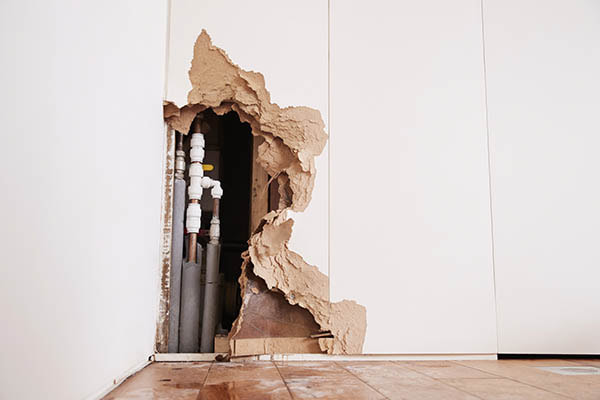
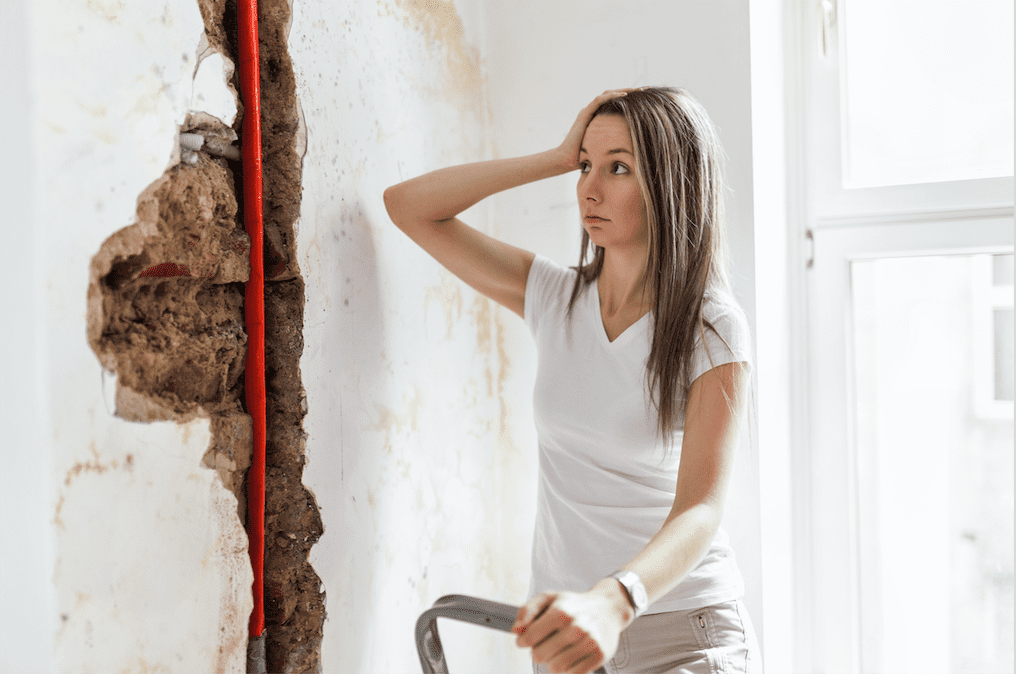




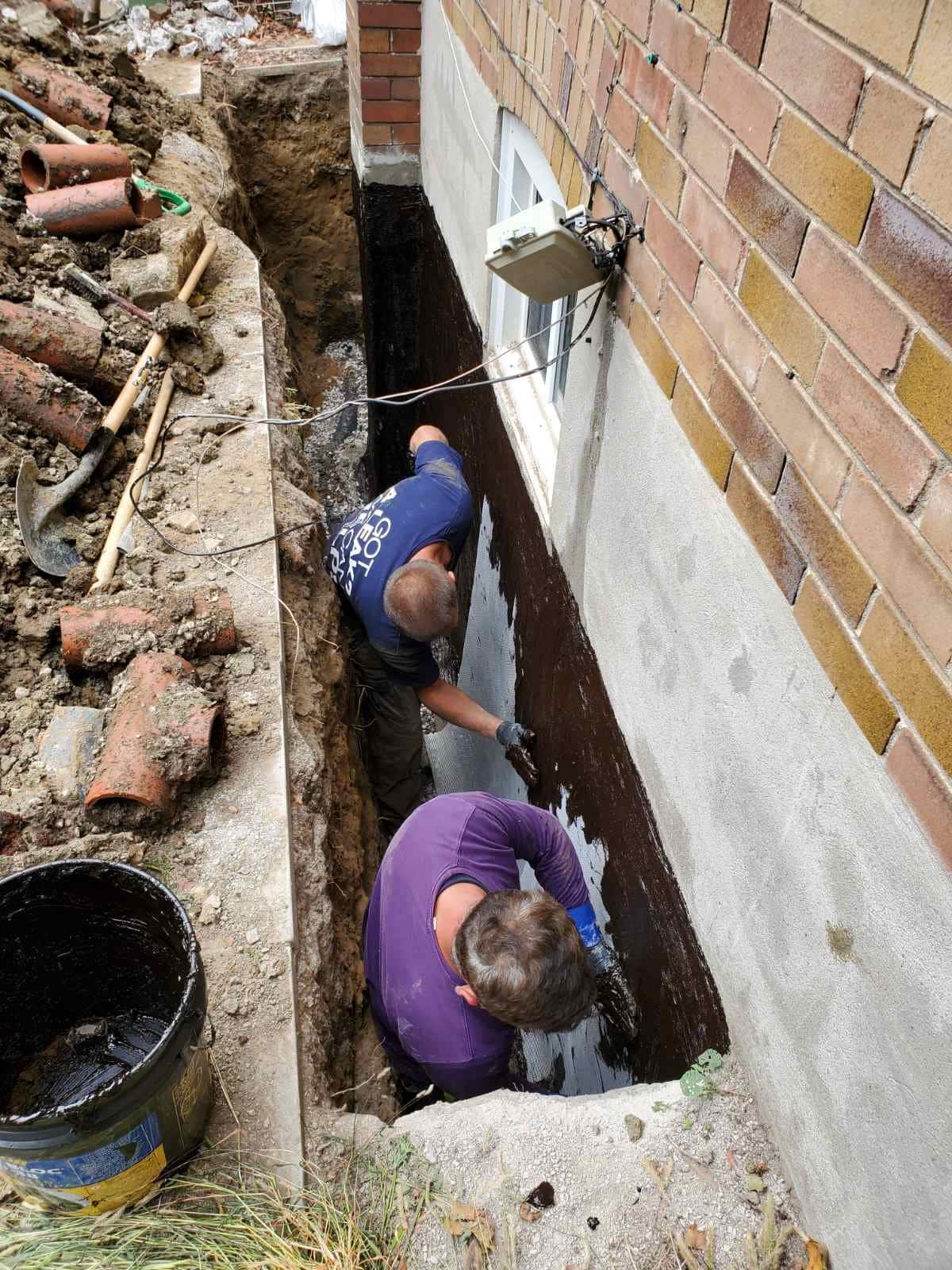


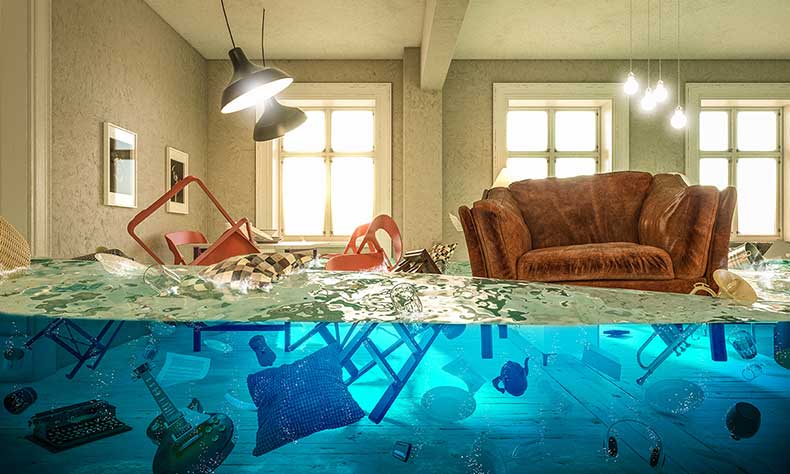
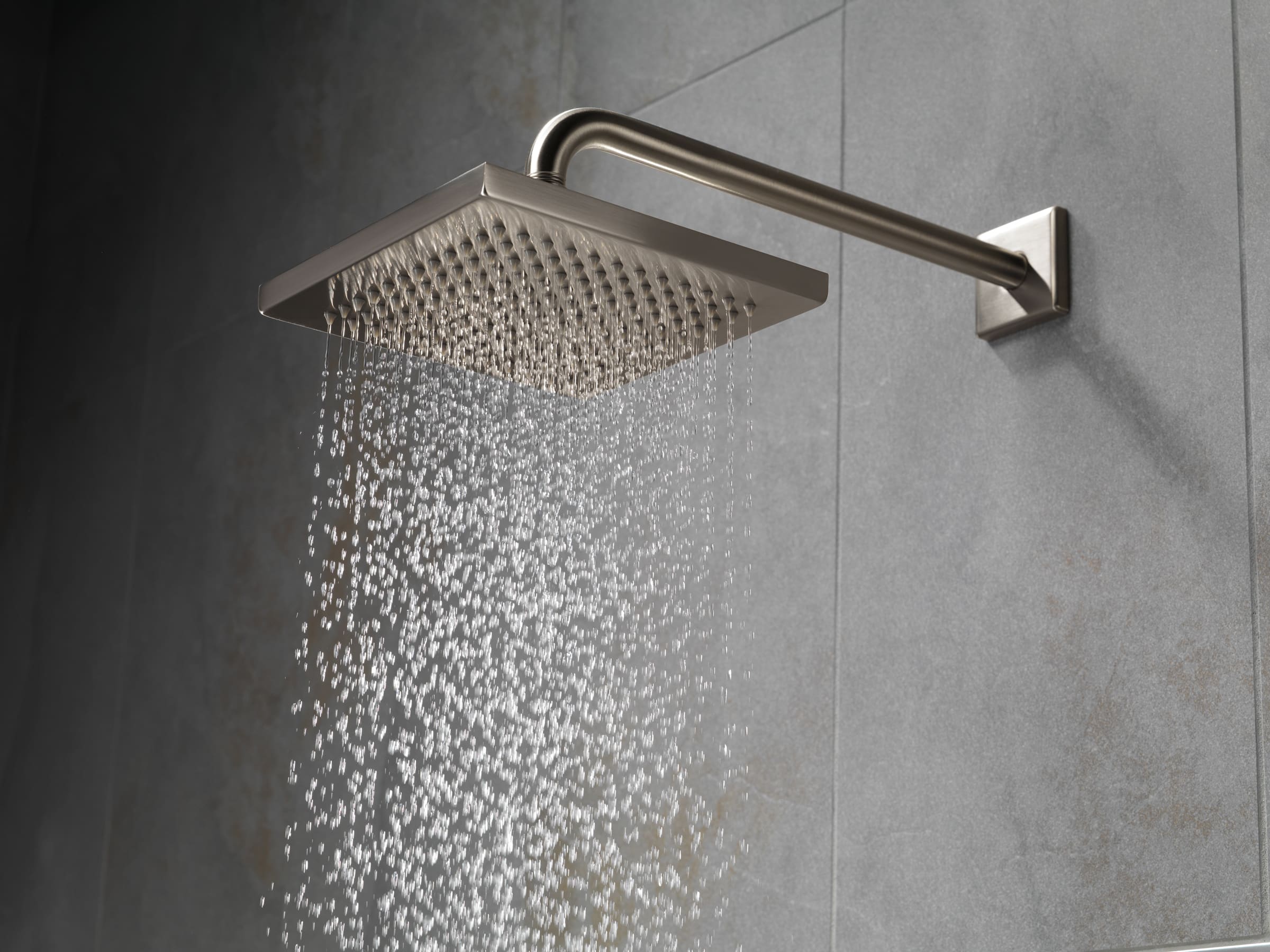










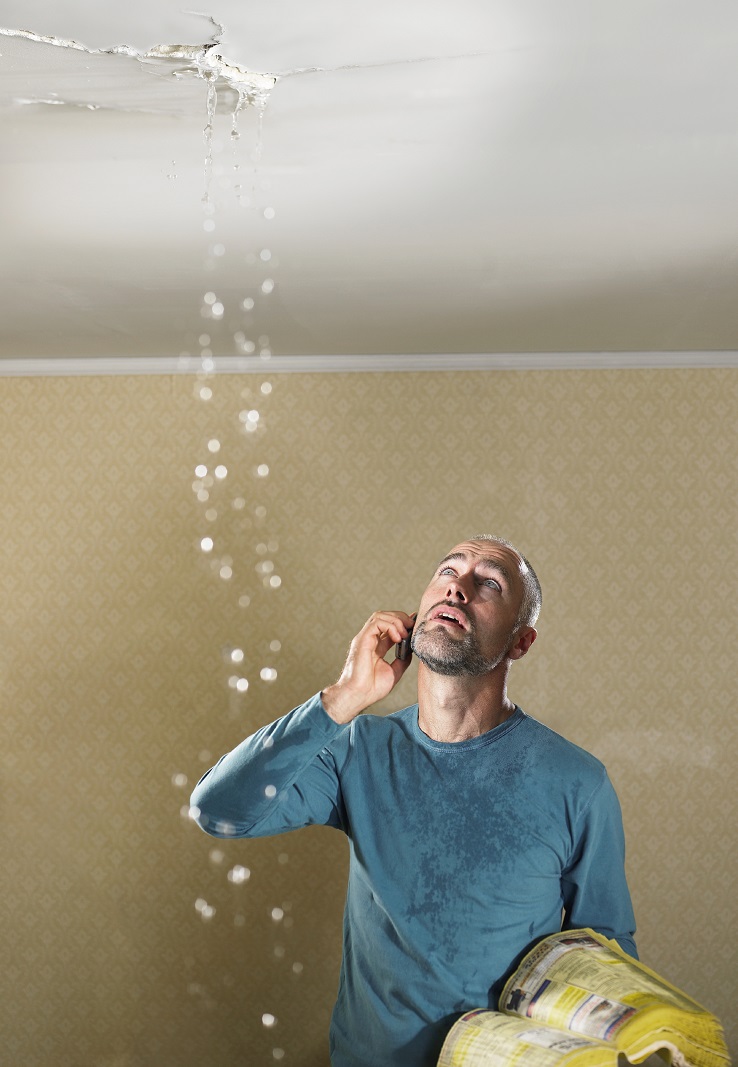








:max_bytes(150000):strip_icc()/how-to-install-a-sink-drain-2718789-hero-24e898006ed94c9593a2a268b57989a3.jpg)




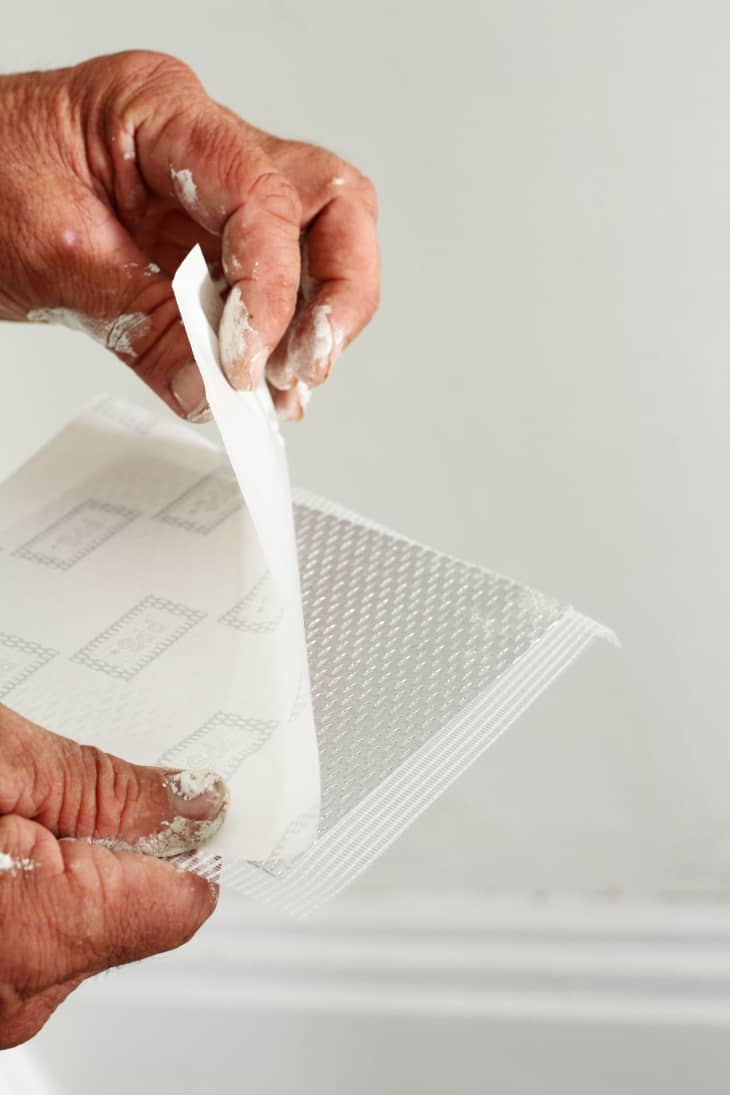


:max_bytes(150000):strip_icc()/GettyImages-957479686-f3d2e677f2e749fc98aa207b474c5c1f.jpg)























